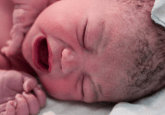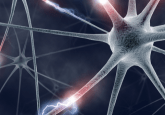Pediatric catatonia: review & new vagal theory
Recent studies support that catatonia may be more common in children and adolescents than previously thought. A boost for the recognition of pediatric catatonia comes from changes in DSM-5 accommodating the diagnosis of catatonia in a wider range of disorders, including developmental and autistic spectrum disorders in addition to schizophrenic, affective, and medical disorders including autoimmune conditions such as lupus or anti-N-methyl-D-aspartic acid receptor encephalitis. The current status of pediatric catatonia, its assessment and treatment are described. Theories modeling the mechanism of catatonia are reviewed, including a vagal theory implicating the immobilization reflex mediated by the vagal nerve. Click here...




